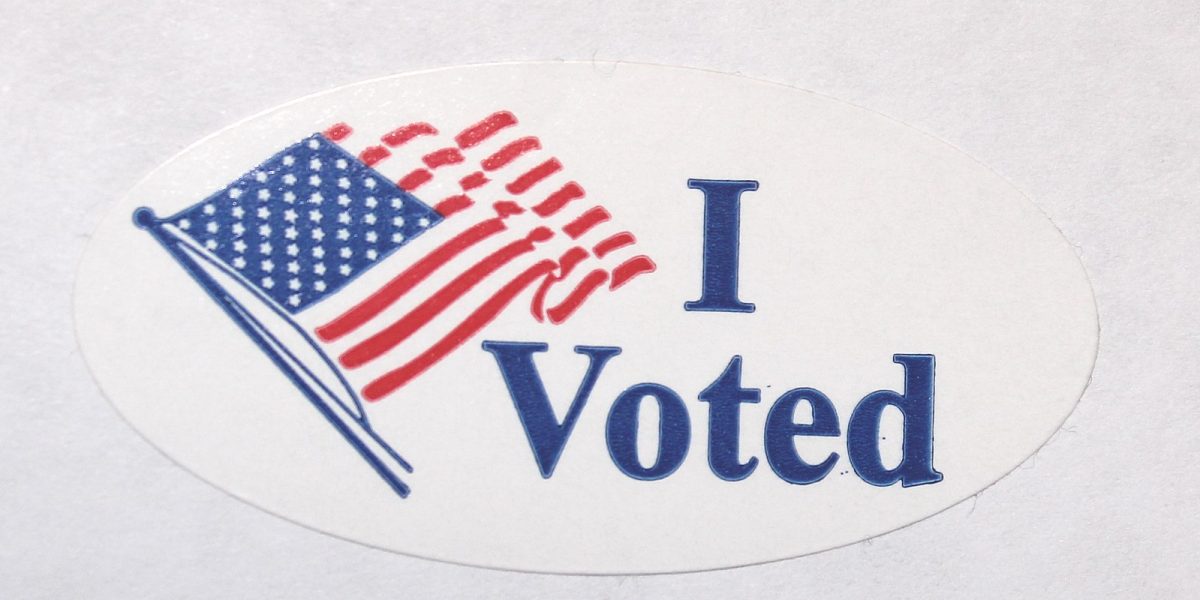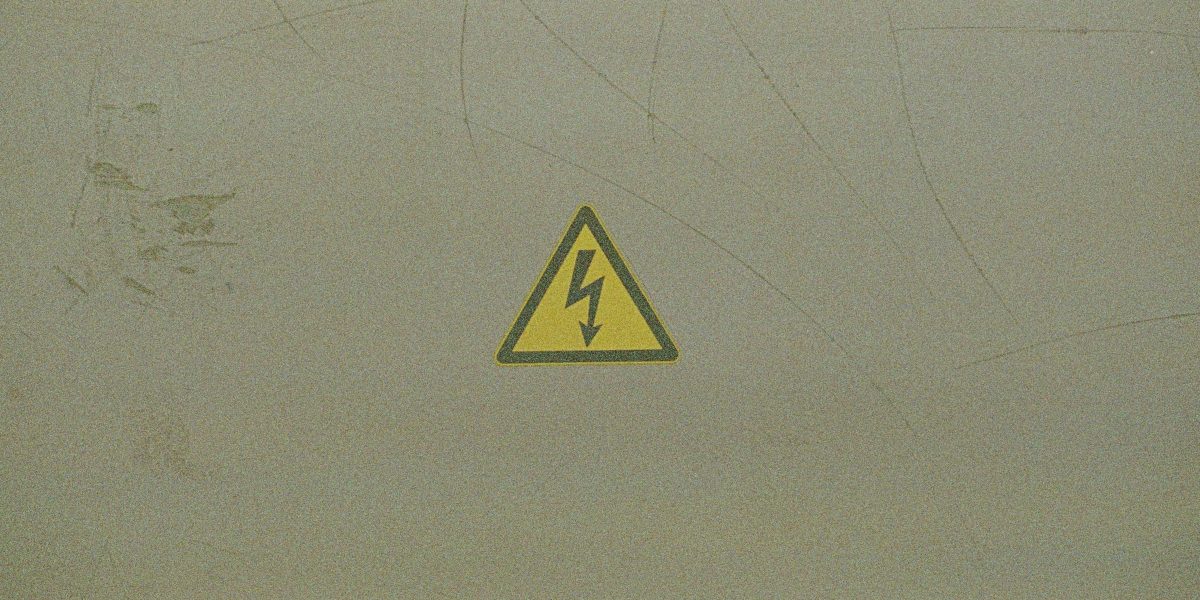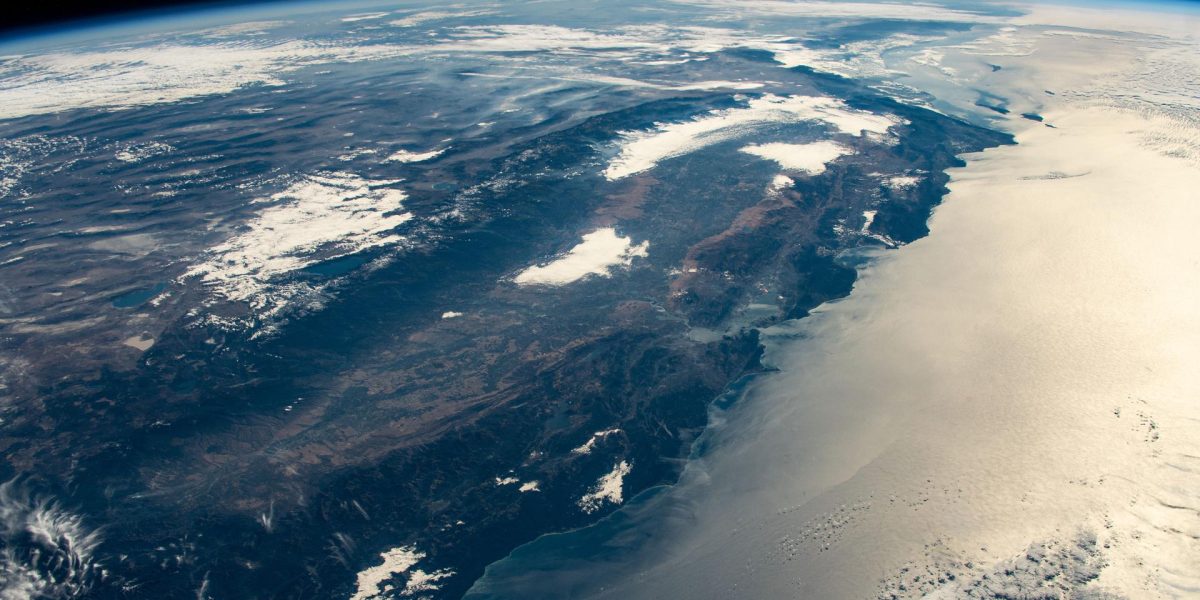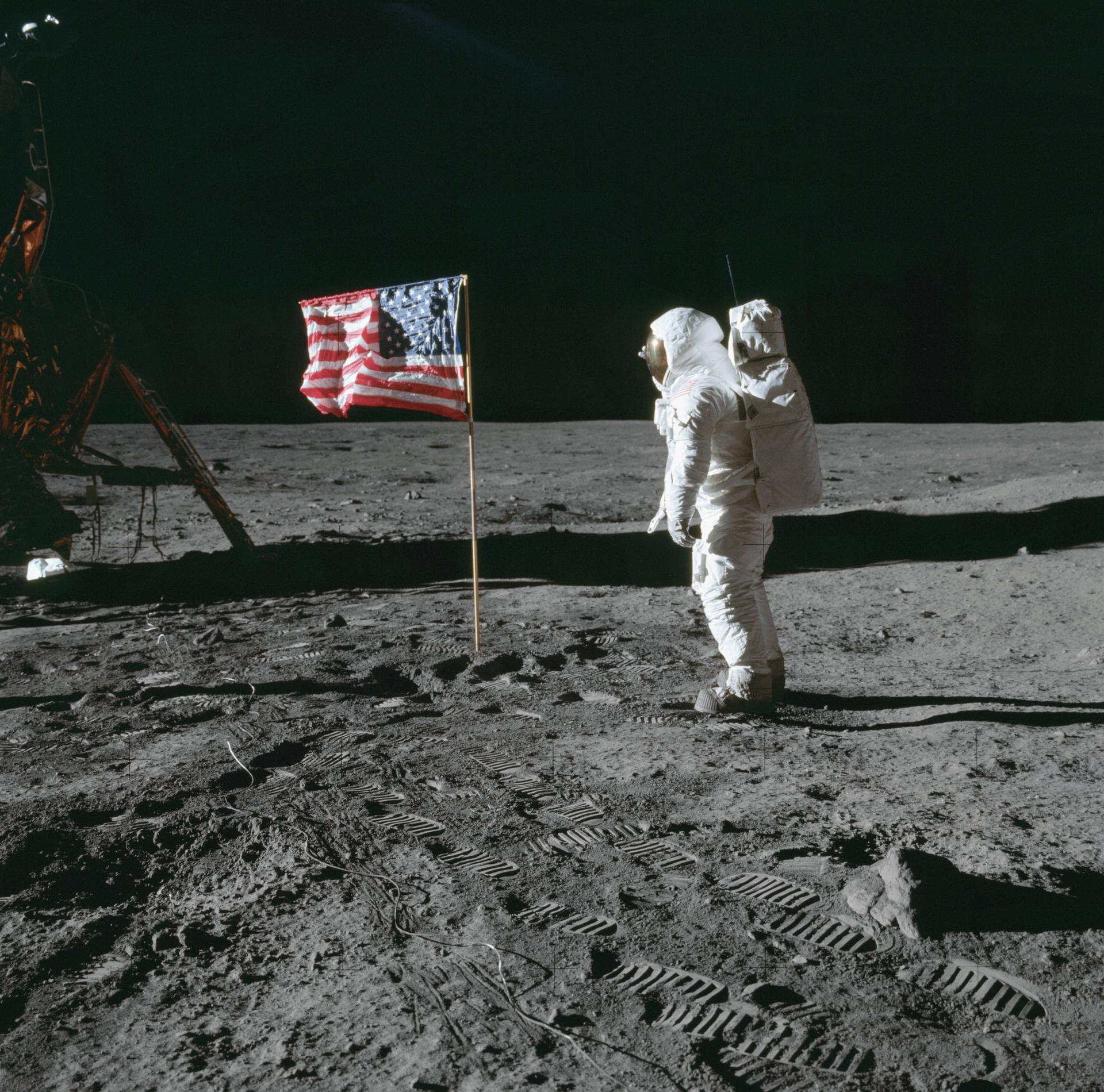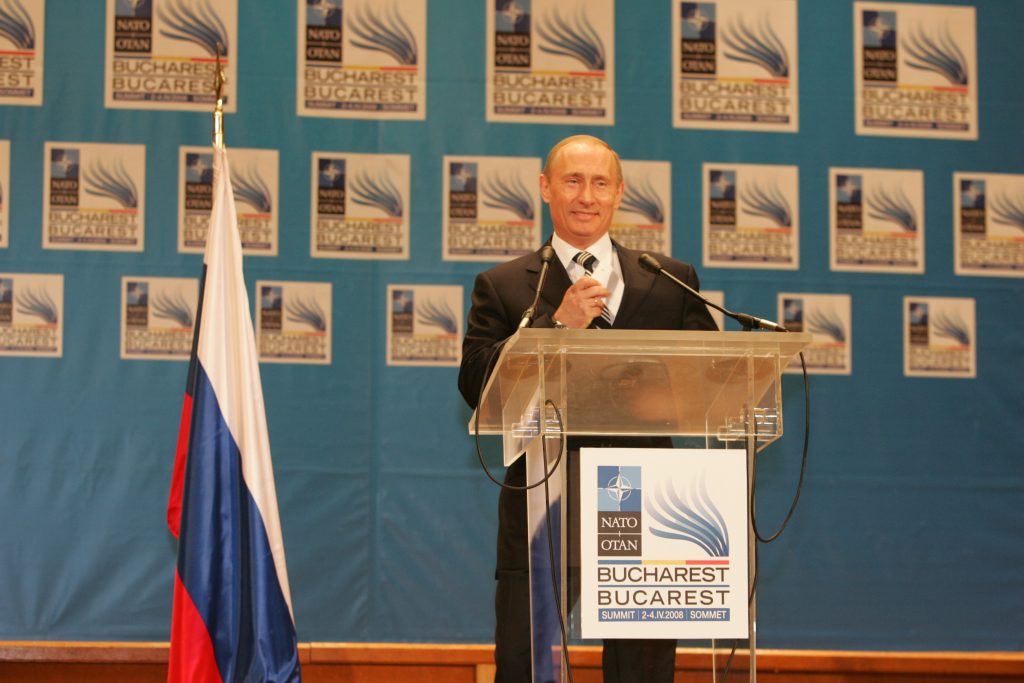I remember the excitement and pride I felt the first time I voted, just two months after turning 18. Those of us who are now seniors in college came of age during the 2020 presidential election, giving us the chance to be part of something that felt impactful and incredibly important at the time, regardless of what party we identified with. Yet, this optimism was short-lived as voters now prepare to confront the same two options in 2024 that we did in 2020. Acknowledging that the structure of the current two-party electoral system makes a third-party vote unlikely to have any meaningful impact on the outcome, many opted to choose the “lesser of two evils” in their view in 2020. From the left, electing Biden was seen by many as a necessary, if undesirable, effort to prevent Trump from re-election. From the right, many Republicans did favor Trump at the time, but his popularity also demonstrated a move towards extremism, which isolated many moderates. Ultimately, this choice was difficult for hundreds of thousands of Americans who felt they did not have a candidate who truly represented them.
Now, only 13% of voting-age Gen Z (individuals born from 1997 to 2013) answered that they have “A great deal” or “Quite a lot” of trust in the presidency, and that number is even lower if you narrow it down to only Gen Z independents of voting age: 7%.1 There is an epidemic in which young people of voting age in the U.S. lack trust in several critical political and social institutions including Congress, the news, and the Presidency. According to the Harvard Youth Poll, although Gen Z played an instrumental role in the election of Biden in 2020, fewer young Americans plan on voting in 2024, with most of this decline coming from young Republican and independent voters. Comparing this to the 2020 presidential election cycle, the number of young Americans between 18 and 29 years old who “definitely” plan on voting for president has decreased from 57% to 49%.2 If continued, Gen Z could have lower political participation rates in upcoming elections due to a sense of disillusionment with their effectiveness in influencing politics in a political system that reinforces a rigid binary. The fact that a significant portion of the voting population is frustrated with the status quo is a serious concern and should be taken as a serious warning about the health of American democracy.
Everyone has heard that America is the most polarized today that it has ever been. Republican representatives have tended to move more right on the ideological spectrum, Democratic representatives have tended to move more left, negative views of each other have reached record highs, and government structures like Congress that require bipartisan cooperation have become dysfunctional. However, despite still having political “leanings” and strong beliefs, Gen Z and Millenials are the least partisan generations, with a whopping 52% identifying themselves as Independent.3
Some potential reasons why Gen Z may not want to identify with the Democratic Party or the Republican Party include recognition of the ineffectiveness of partisan uncooperativeness, distrust in the beholdenness of the parties to large donor organizations and individuals, and mismatches between voters and candidates in stances on topical issues such as Israel/Palestine and environmental initiatives. This leads to a dilemma as we are dissatisfied with the lack of third-party options. The First-Past-the-Post (also called “single-choice voting”) and Winner-Takes-All Voting systems presently in American Presidential elections discourage smaller parties from gaining a foothold because they may struggle to win electoral votes without widespread support across multiple states. Without the primaries producing any solid alternatives to Biden and Trump, other groups have attempted to offer third-party options.
According to No Labels–a group meant to unite conservatives, liberals, and everyone in between under the fundamental beliefs of Country over party and moderation over extremism–their “polling shows 63% of Americans would be open to supporting a moderate independent presidential candidate in 2024 if the alternatives are Donald Trump and Joe Biden.”4 However, No Labels faced high levels of criticism by those who believed it would “spoil” the election and cause Trump to be re-elected by taking votes away from those who would have otherwise voted for Biden. For this reason, they were not able to field a candidate, with Joe Manchin, Chris Christie, and Larry Hogan declining, and abandoned their ticket last week. Meanwhile, as of March 29, 2024 polls, third-party candidate Robert F. Kennedy Jr. attracted 12.3% of votes.5 This 12.3%, which was mostly siphoned from potential Biden voters, could have a huge impact on the outcome if Kennedy were to remain in the race.
The only way to mitigate polarization, give proper representation to those outside of the Republican/Democrat dichotomy, and reverse declining political participation is to reform the electoral system. Restructuring campaign finance, the electoral college, and implementing Ranked-Choice Voting (RCV) could make third-party options feasible. Others call for age restrictions, with 82% of Republicans and 76% of Democrats supporting a maximum age limit in place for elected federal officials.6 These reforms could be achieved either through amendments to the Constitution or through individual efforts by all states. The U.S. Constitution grants states significant autonomy to states in determining their election procedures, including methods for conducting elections and counting votes. RCV has already been implemented in several statewide and federal elections in Maine and Alaska, and this March, Representative Don Beyer re-introduced an updated Fair Representation Act to implement measures to elect U.S. House Representatives through ranked-choice voting in multi-member districts.7
American historian and activist Howard Zinn said, “You can’t be neutral on a moving train.” To not vote is to take a side by allowing a winning candidate to be elected without opposition. Gen Z is the most diverse, most well-educated, and most technologically adept generation in American history. This makes it not only essential to get Gen Z levels of participation up to 2020 levels this 2024 but also gives us a unique ability to advocate for change. As we head into November, it is important that we mobilize to get out and vote, as voting goes far beyond the Presidential race. Thirty-two states will have senator elections and and dozens of House seats are up for re-election. These representatives have the power to back legislation for electoral reform in Congress. Whether you sign a petition in support of election reforms, contact your representatives to let them know your support, or volunteer on campaigns, now is the time to take action.
Notes
*Headline image “I Voted Sticker” is licensed under the Creative Commons Attribution 3.0 Unported license.
- Zach Hrynowski and Stephanie Marken, “Gen Z Voices Lackluster Trust In Major U.S. Institutions,” Gallup, September 14, 2023, https://news.gallup.com/opinion/gallup/510395/gen-voices-lackluster-trust-major-institutions.aspx. ↩︎
- “Harvard Youth Poll,” Harvard Kennedy School Institute of Politics, December 5, 2023, https://iop.harvard.edu/youth-poll/46th-edition-fall-2023 utm_source=substack&utm_medium=email#key-takeaway–id–1516 ↩︎
- Pew Research Center, “Party Identification in the United States in 2022, By Generation,” chart, August 18, 2022, Statistia, https://www.statista.com/statistics/319068/party-identification-in-the-united-states-by-generation. ↩︎
- “Unity Ticket 2024 FAQs,” No Labels, accessed April 3, 2024, https://www.nolabels.org/unity-ticket-faqs. ↩︎
- “2024 General Election: Trump vs Biden vs Kennedy,” Real Clear Polling, accessed March 29, 2024, https://www.realclearpolling.com/polls/president/general/2024/trump-vs-biden-vs-kennedy. ↩︎
- John Gramlich, “Most Americans favor maximum age limits for federal elected officials, Supreme Court justices,” PEW Research, October 4, 2023, https://www.pewresearch.org/short-reads/2023/10/04/most-americans-favor-maximum-age-limits-for-federal-elected-officials-supreme-court-justices/#:~:text=The%20U.S.%20Constitution%20sets%20minimum,age%20for%20Supreme%20Court%20justices. ↩︎
- Congress, “Text – H.R.3863 – 117th Congress (2021-2022): Fair Representation Act,” November 1, 2022, https://www.congress.gov/bill/117th-congress/house-bill/3863/text. ↩︎
